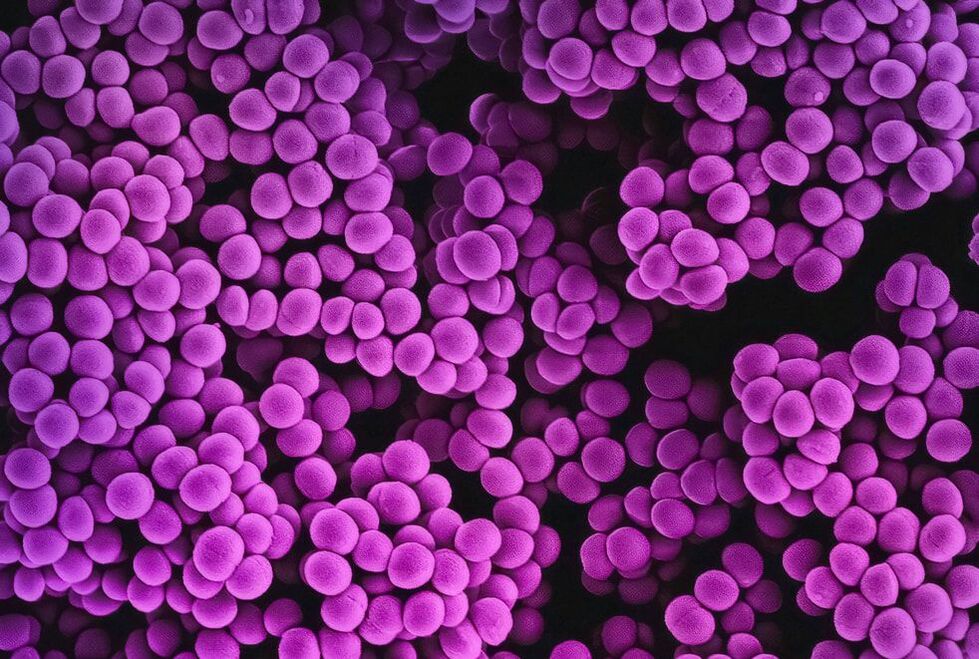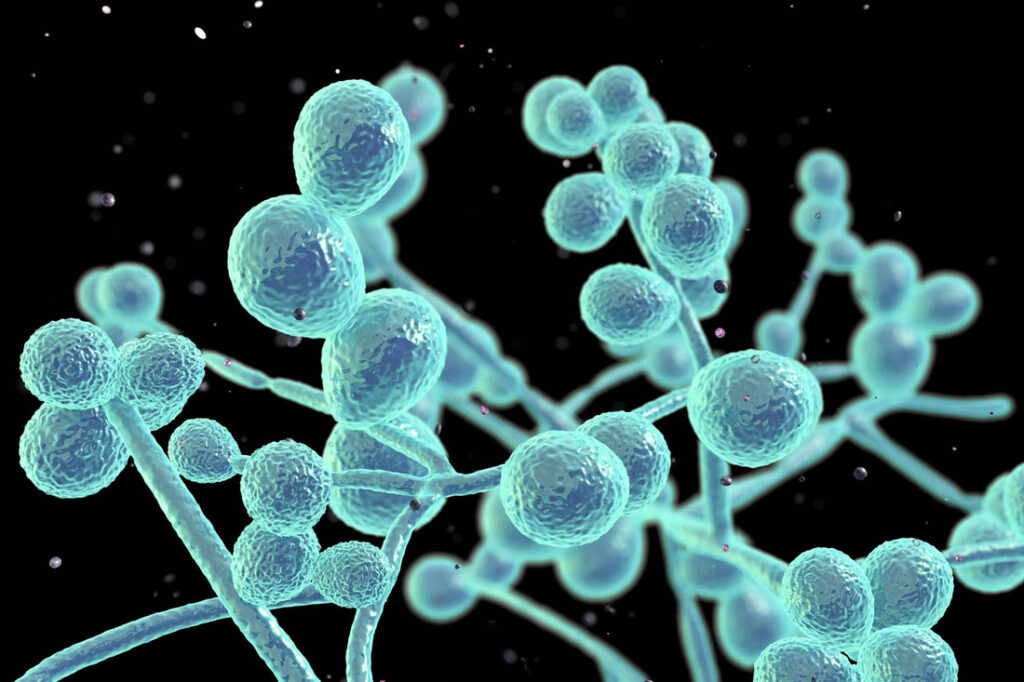用於治療
慢性傷口 (CW) 的特徵是慢性缺氧、發炎加劇和皮膚組織重建不良。眾所周知,微生物感染也會加劇化學戰。載氧奈米氣泡(OLNB)已被證明可以成功地將氧氣輸送到缺氧組織,因為其獨特的結構由內核中的全氟戊烷等溶氧全氟化碳和外殼中的殼聚醣等多醣組成。殼聚醣被廣泛認為具有抗菌特性。在目前的研究中,測試了殼聚醣/全氟戊烷OLNB 與人體皮膚細胞的生物相容性、促進傷口癒合過程的能力以及對耐甲氧西林金黃色葡萄球菌(MRSA) 和白色念珠菌的抗菌活性。
細胞內化後,OLNB 對人類角質形成細胞 (HaCaT) 無害,但無氧 NB (OFNB) 對它們的存活影響較小。 OLNB 完全矯正了刮傷後缺氧依賴性角質形成細胞遷移的減少,而 OFNB 則不然。 OLNB 和 OFNB 均表現出殼聚醣誘導的針對 MRSA 的短期抑菌作用(長達 6 小時)和針對白色念珠菌的長期抑菌活性(長達 24 小時)。短期抗菌作用與 NB 對 MRSA 細胞壁的長期黏附(長達 24 小時)有關,而長期抗真菌活性則與 NB 被白色念珠菌早期內化(已在孵育 3 小時後)有關。這些研究表明,殼聚醣殼和全氟戊烷核的 OLNB 可以成為治療 MRSA 和白色念珠菌感染的 CW 的有效抗菌裝置。它們也無毒且具有成本效益。
關於
抗菌載氧奈米氣泡作為促進缺氧人類角質形成細胞傷口癒合的有前途的工具
Toxicology Reports Volume 9, Pages 154-162 (2022)
https://www.sciencedirect.com/science/article/pii/S2214750022000051



